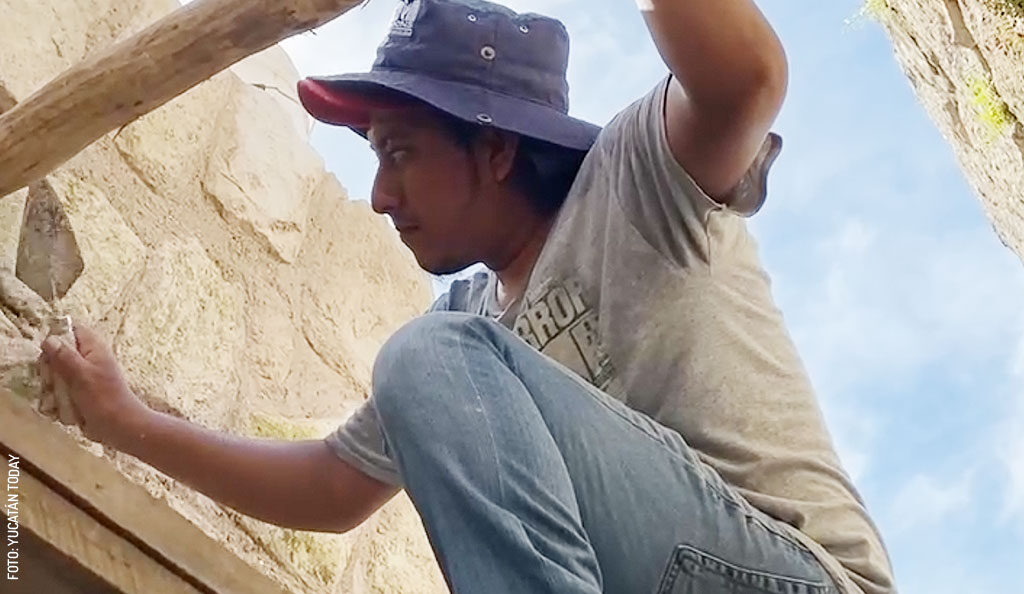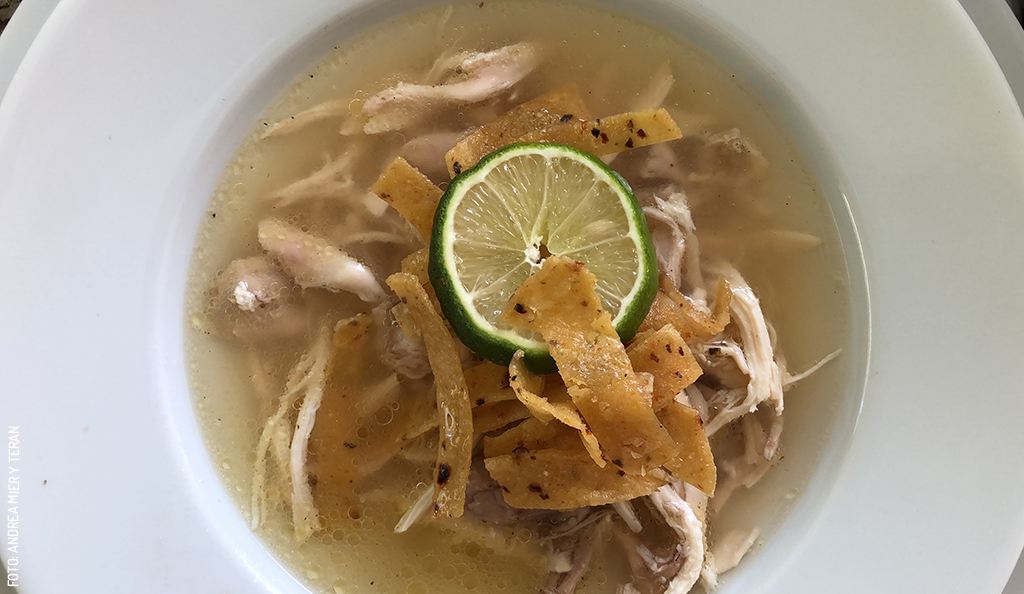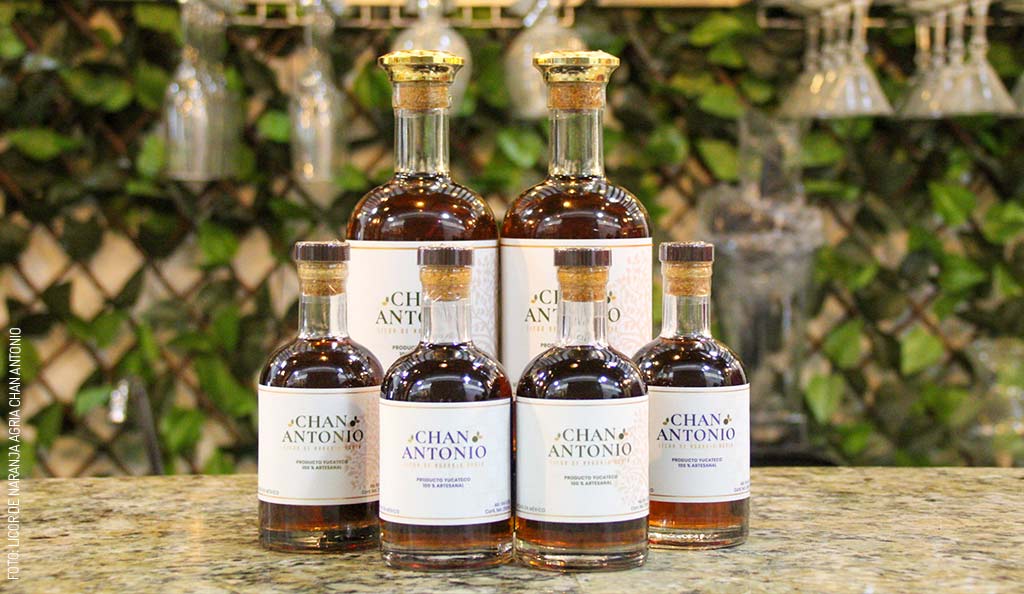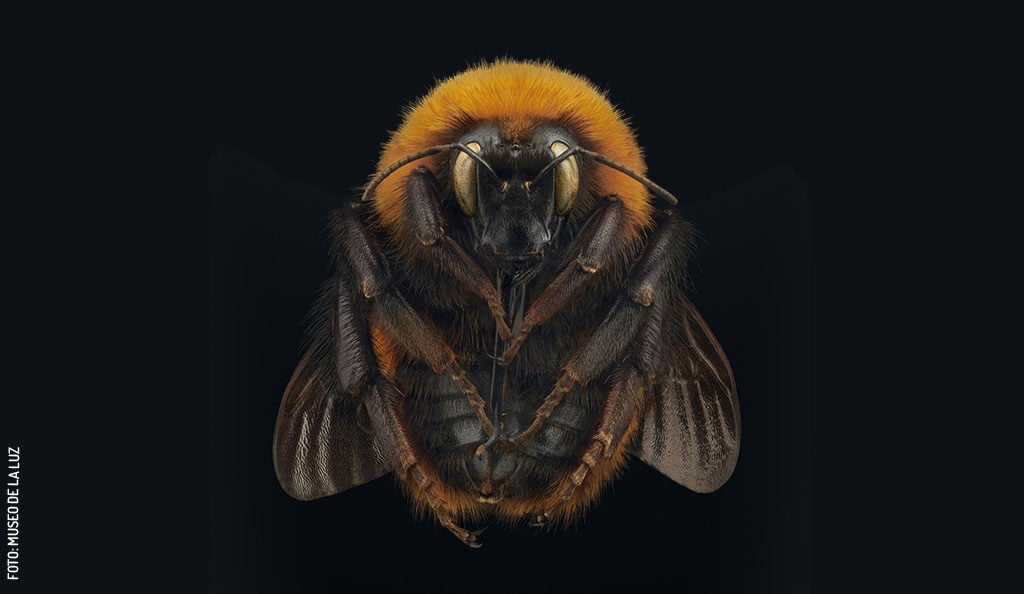
The Importance of Lime in Yucatán
Bound by Lime: The Secrets of Maya Mortar
Ever wondered why the Yucatán Peninsula is home to those mesmerizing sinkholes called cenotes? Well, it's all thanks to the region's incredibly unique soil composition. You see, in prehistoric times, this land was submerged: the very ground where the magnificent Maya civilization would later flourish was once nothing more than vibrant coral reefs, eventually thrusting skyward. And what caused this dramatic transformation? None other than the cataclysmic Chicxulub meteor impact—the very one that wiped out the non-avian dinosaurs some sixty-odd million years ago!
As a result of this cosmic event, a staggering 95% of Yucatán is made up of limestone rock. Within this geological wonderland, we find three distinct layers: laja (flagstone, pronounced LA-ha), sascab (a type of soft limestone, or stone powder), and coquina (co-KEE-nah, a limestone made up of shells and coral).
Now, let's talk about lime. Lime is essentially calcined limestone, created by burning the rock at incredibly high temperatures to dehydrate it. This process yields what's known as "quicklime," a caustic substance that requires careful handling.
But here's where things get even more interesting. Sascab, that powdery earth we mentioned earlier, is actually limestone in its early stages of formation. This natural wonder is found in abundance throughout Yucatán's soil and was the key ingredient, combined with lime, for creating the incredible stucco, mortars, and other building materials used by the ancient Maya. Its name even comes from the Maya words "sak kaab," meaning "white earth."
According to Magdiel Cen Chab, a specialist in restoration and conservation of built heritage, the original Maya mortar was a carefully crafted blend of three parts sascab to one part quicklime. And if that wasn't impressive enough, they also added melipona bee honey as a binding agent, which contributed to the remarkable durability of these ancient structures.
In the past, archaeological restorations often relied on cement, which hardens quickly and seemed to offer a cost-effective solution. However, cement also irreversibly damages the delicate structures by preventing the natural "breathing" of the stone that the original lime mortars allowed.
Thankfully, modern restorations now meticulously recreate the original processes and materials used in original constructions. In many cases, these time-tested techniques have been rediscovered through the tireless research of archaeologists and anthropologists, enriched by the invaluable knowledge passed down through generations of modern-day Maya.
So, the next time you marvel at the ancient Maya sites, remember the humble limestone: the base, the material, and the binding force that helped shape a civilization.
First published in Yucatán Today print and digital magazine no. 447, in March 2025.

Author: Alicia Navarrete Alonso
As a kid I heard that there's more to see than can ever be seen and more to do than can ever be done, so I set out to try. I'm passionate about knowledge and I love to share whatever my own is.
In love with Yucatan? Get the best of Yucatan Today in your email.
Don't miss our best articles and the monthly digital edition before anyone else.
Related articles

Recipe for Sopa de Lima
Sopa de Lima: iconic Yucatecan broth with sour lime, chicken, and crispy tortillas. A unique, refreshing flavor. Discover the essence of Yucatán.
A New Generation of Yucatecan Liqueur
Discover the new wave of Yucatecan liquors: Xtabentún, Chan Antonio (sour orange), Yatzil (habanero), Lukum (henequen), Katún Gin, and more. Unique...




